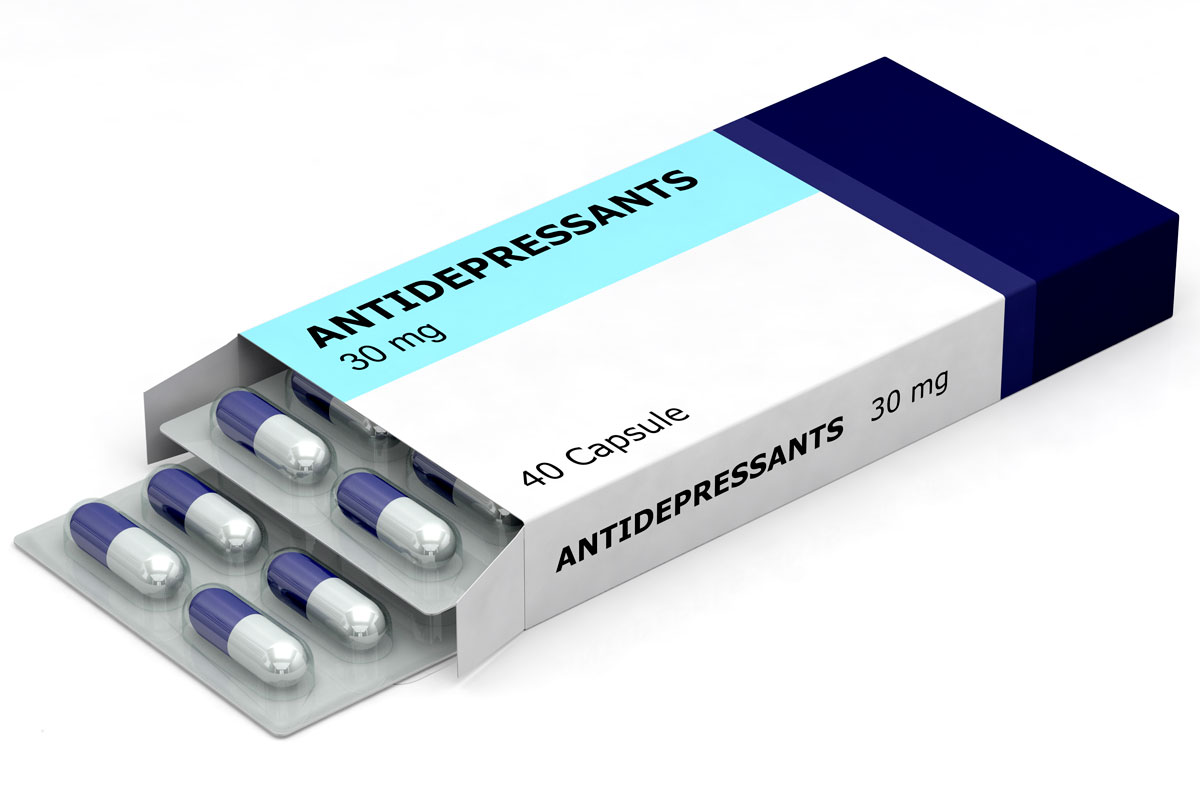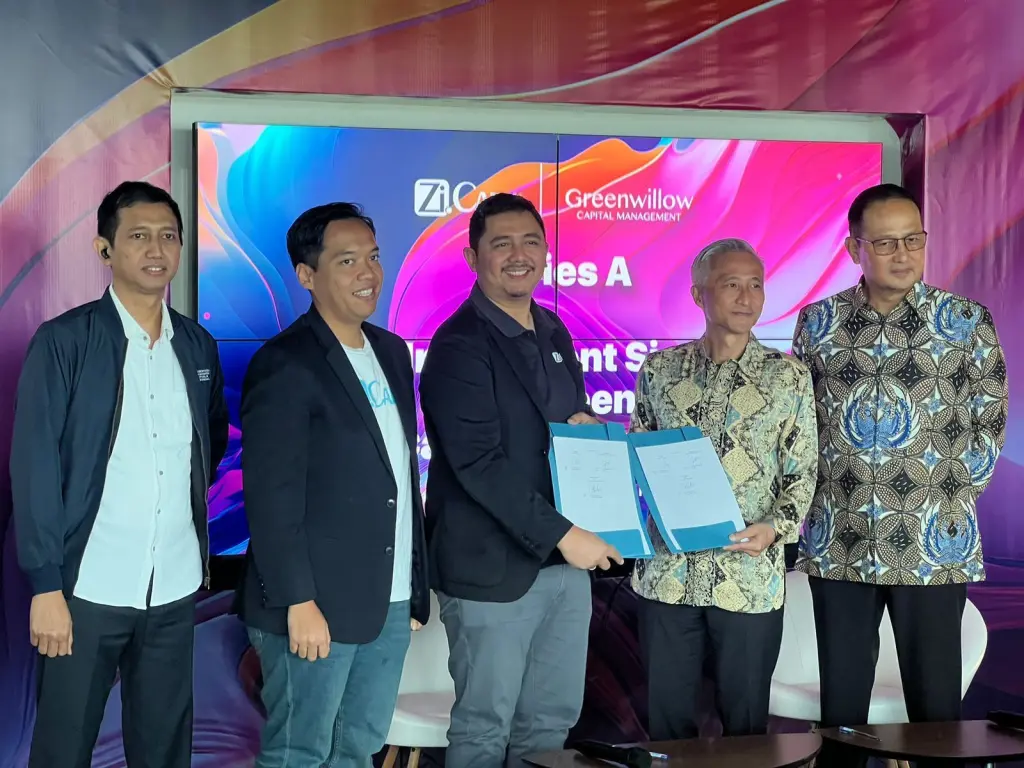Whenever I associate with the word megatrends, my first thoughts connects to my encounter with John Naisbitt’s 1982 best-seller Megatrends: Ten New Directions Transforming Our Lives. He is an American author and public speaker in the area of futures studies. He had first invented the concept of “Megatrends” in 1980, and in his book Megatrends, you can discover megatrends defined as a general shift in thinking or approach affecting countries, industries and organisations.
This week’s Video of the Week (VOW) pick is about global megatrends and technologies that will be pertinent to the healthcare sector in 2020, at least to the minds of the guys at DNV Research and Innovation (DNVR&I), the corporate DNV(Det Norske Veritas) unit of DNV GL.
In this video watch how seven (7) global megatrends and technologies are predicted to define the healthcare landscape by 2020. The megatrends that are likely to define the general shift in approach in the management of patient and disease management you will watch in this video are:
- The implementation of Information Technology (IT) (i) to drive appropriate standards for healthcare information and systems i.e interoperability to facilitate disparate data streams and clinical workflows into a single smart system, (ii) promote the adoption of integrated electronic health records (EHRs), (iii) enable the systematic and exchange of specific data in a electronic traceability system for example use of bar codes, and (iv) a computerised clinical decision support system to provide “just in time, just for me” support at the point-of-care, thereby improving patient safety and quality of care;
- The Internet to enable information sharing via online social networking, virtual reality to facilitate new approaches to continuous education and training, information retrieval to make well-informed decisions for sharing knowledge across communities, and finally to enabling and allowing patients to record and access their own health data;
- Moving healthcare delivery setting from high-cost hospitals and into alternative and low-cost arenas i.e to provide remote care services via telemedicine, monitoring of patients in their own homes using medical sensors e.g.electrodes for sensing and recording of an electrocardiogram (ECG), ultra-wideband radar for remote monitoring of vital body functions like breathing, and smartphone applications for better communication between staff, and between healthcare providers and patients so that patients can access their healthcare information, actively participate in their own care and maintain contact with their healthcare provider;
- New technology applied at point-of-care i.e moving the technology like portable ultrasound, lab-on-a-chip technologies, nucleic acid identification to reduce spread of disease by early diagnosis and surveillance, and use of portable micro-nuclear magnetic resonance to improve speed and accuracy of cancer diagnosis;
- Personalised Medicine to switch healthcare from “one size fits all” to “tailor made ” management of disease as the field of genomics matures to enable more research into the impact of DNA sequencing in clinical use, genome based diagnostics to support the specific diagnosis or treatment of an individual using DNA sequencing information, pharmacogenetics as early warning indicators of drug metabolism and molecular pharmacology, and cancer genomics for diagnostic purposes and to guide treatment;
- New generation imaging from current technologies that provide good anatomical and structural images to emerging techniques like diffuse optical imaging, magnetic resonance imaging (MRI) and new contrast agents to enable early detection of disease and monitoring of treatment; use of positron emission tomography (PET) and MRI for example in diagnostics and monitoring of neurogenerative diseases, mathematical modelling and simulation to detect abnormal cell growth earlier, and protein analysis for example in the management of cancer to distinguish between patients with poor and good prognosis using imaging mass spectrometry; and
- Novel medical treatment to improve treatment and management of disease through continuous research and innovation to produce a myriad of technologies like MRI-guided high intensity focused ultrasound to eliminate the need for invasive procedures, cancer vaccines, robotic surgery, nanotechnology, and novel approaches to developing antibiotics to combat the increasing trend of bacteria developing resistance to antibiotics, to name some of them.
References:
- DNV GL, Technology Outlook 2020 Healthcare, viewed 21 December 2013, <http://issuu.com/dnv.com/docs/technology_outlook_2020_health>
- Healthcare Technology Outlook 2020 – Technology uptake, 3 February 2012, Youtube, viewed 21 December 2013, <http://www.youtube.com/watch?v=totMfYaq8O8&feature=youtu.be>





























